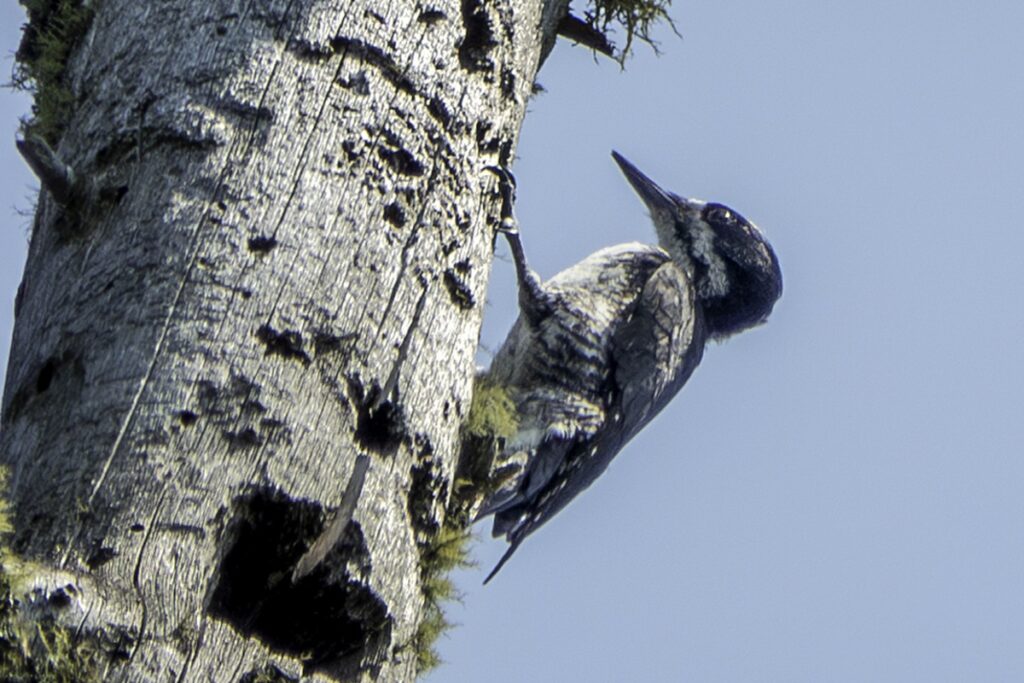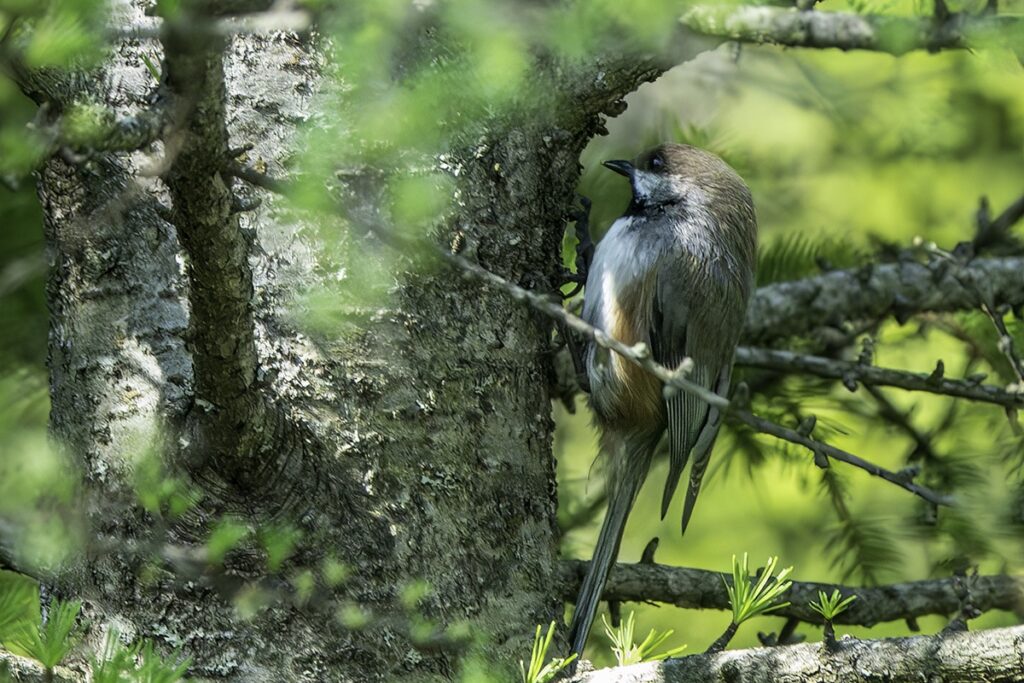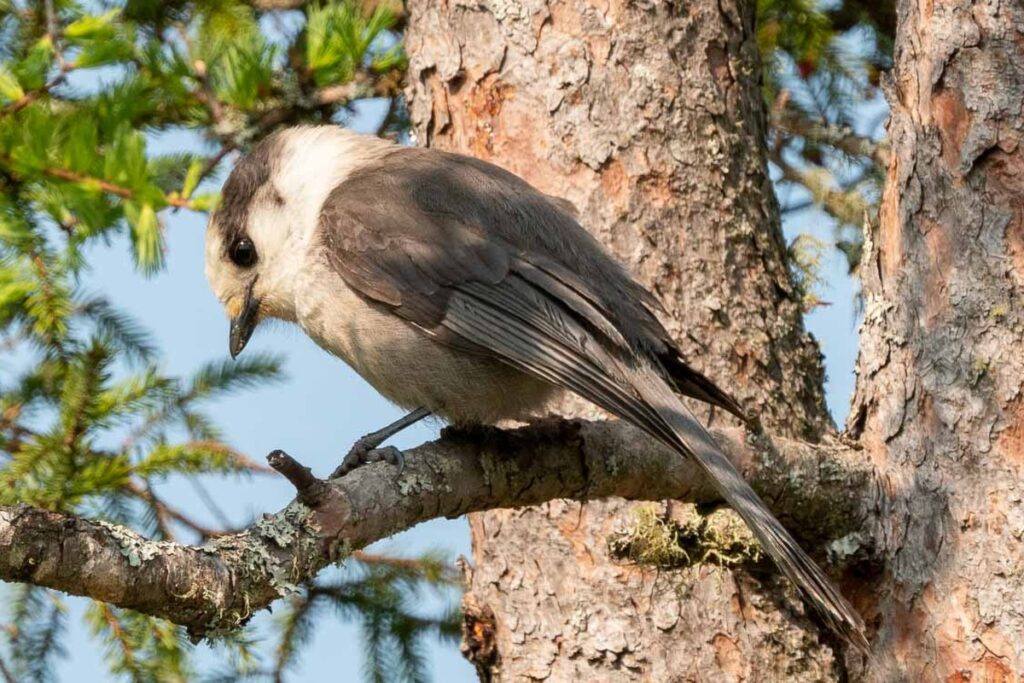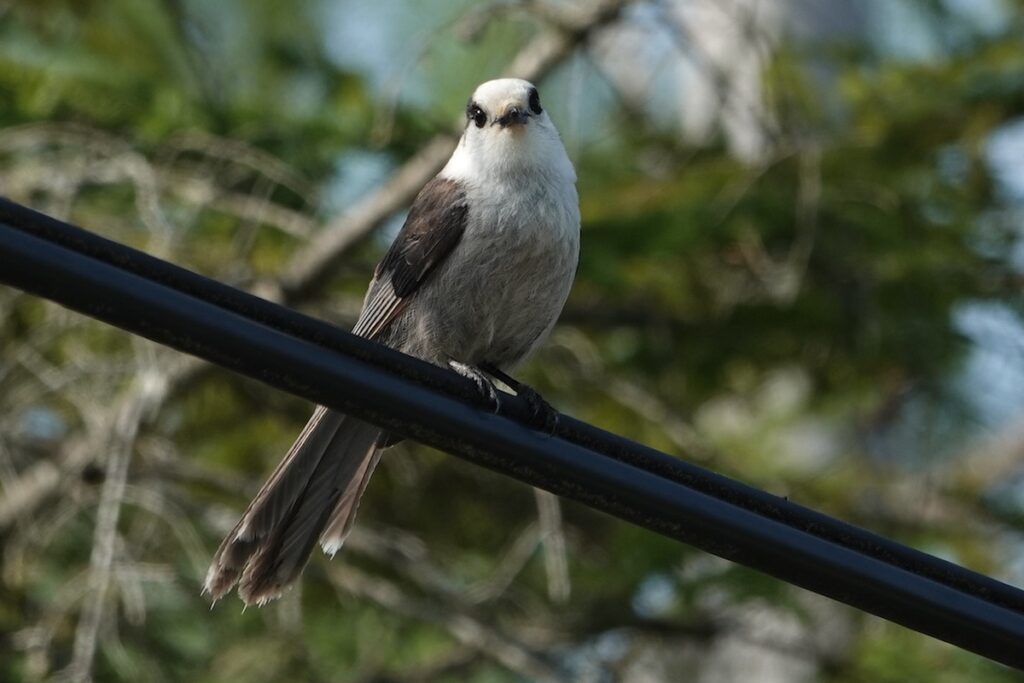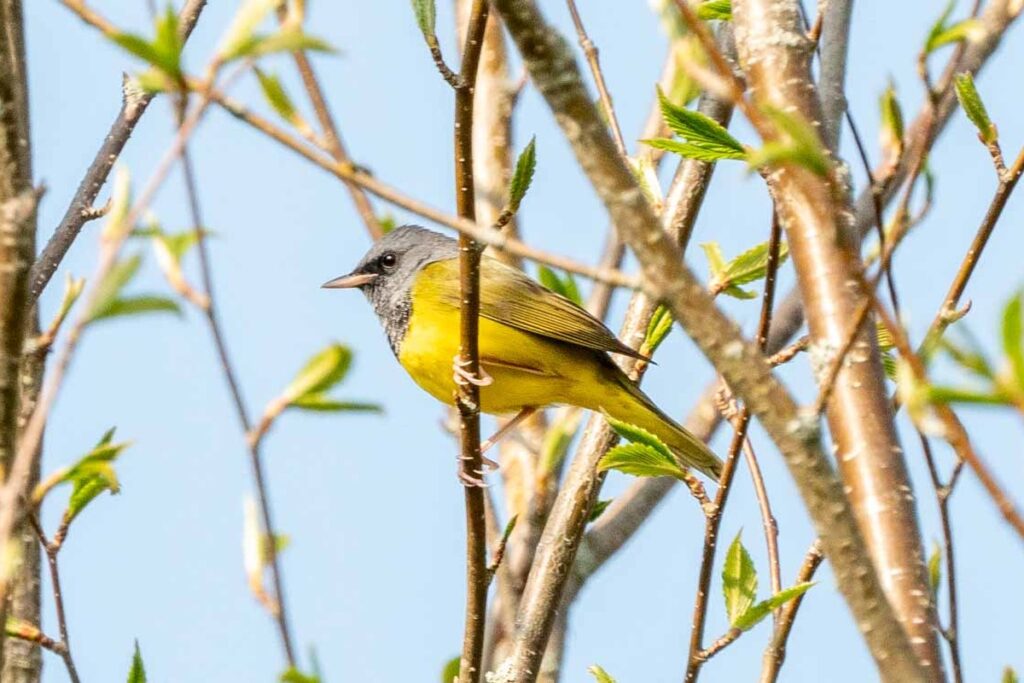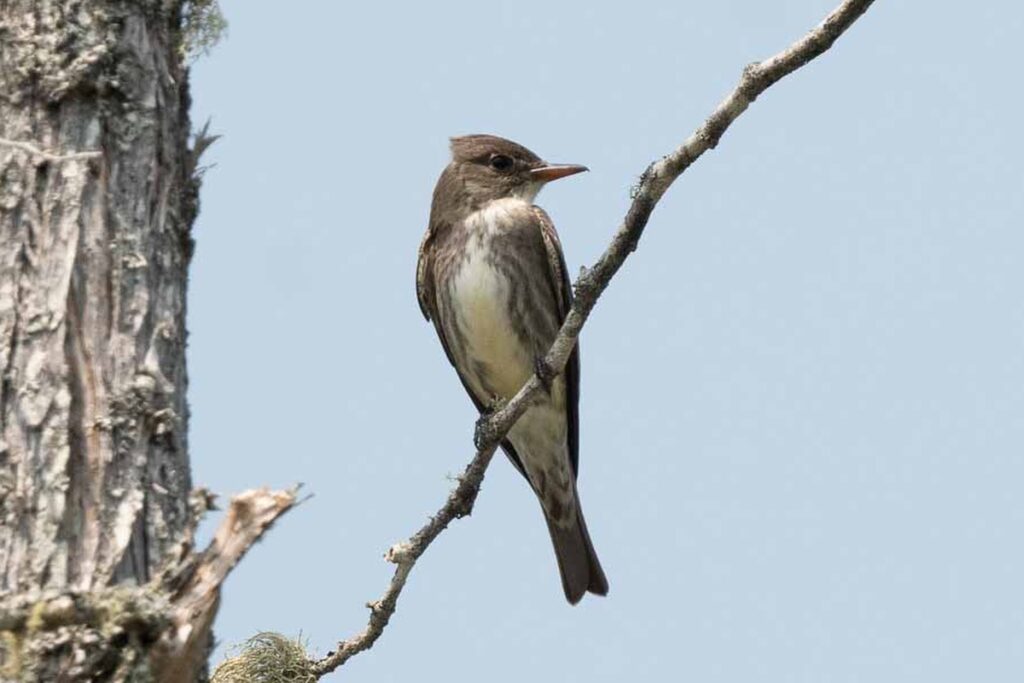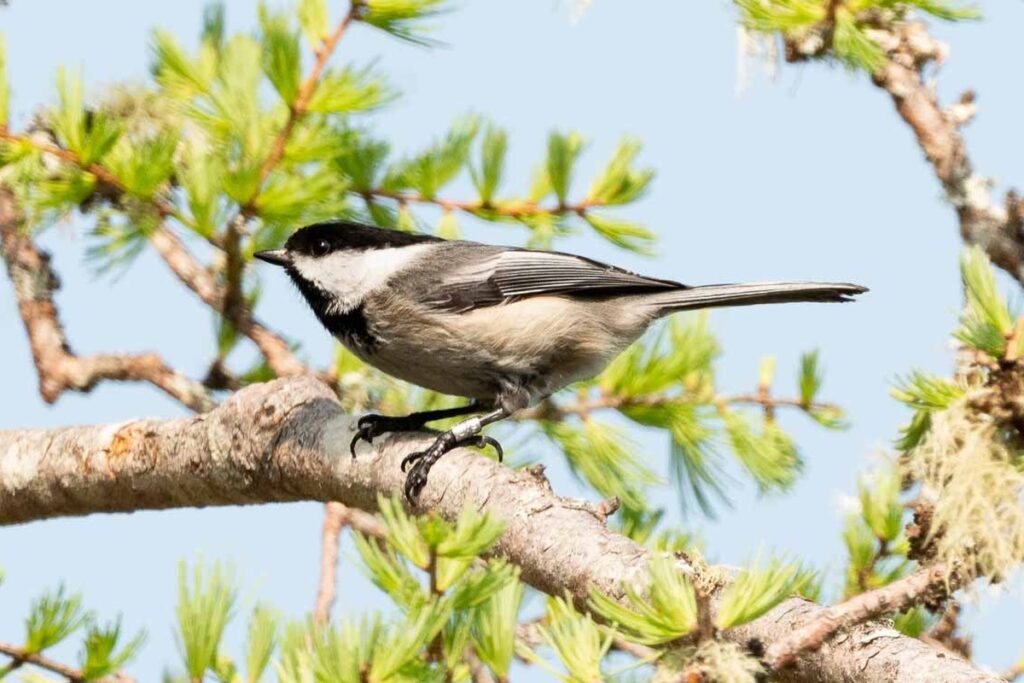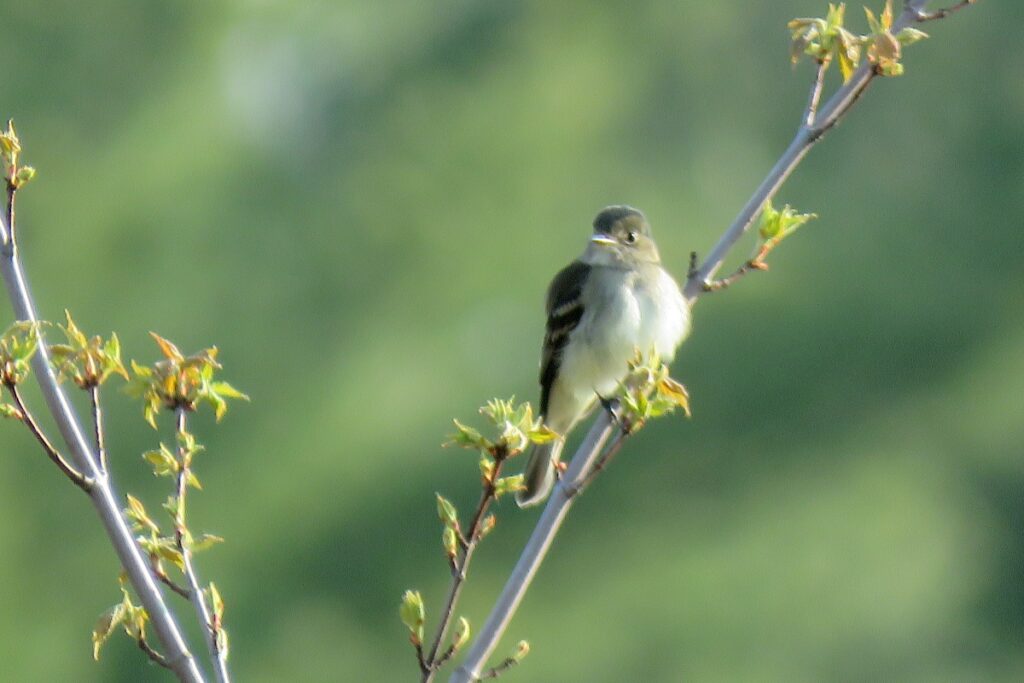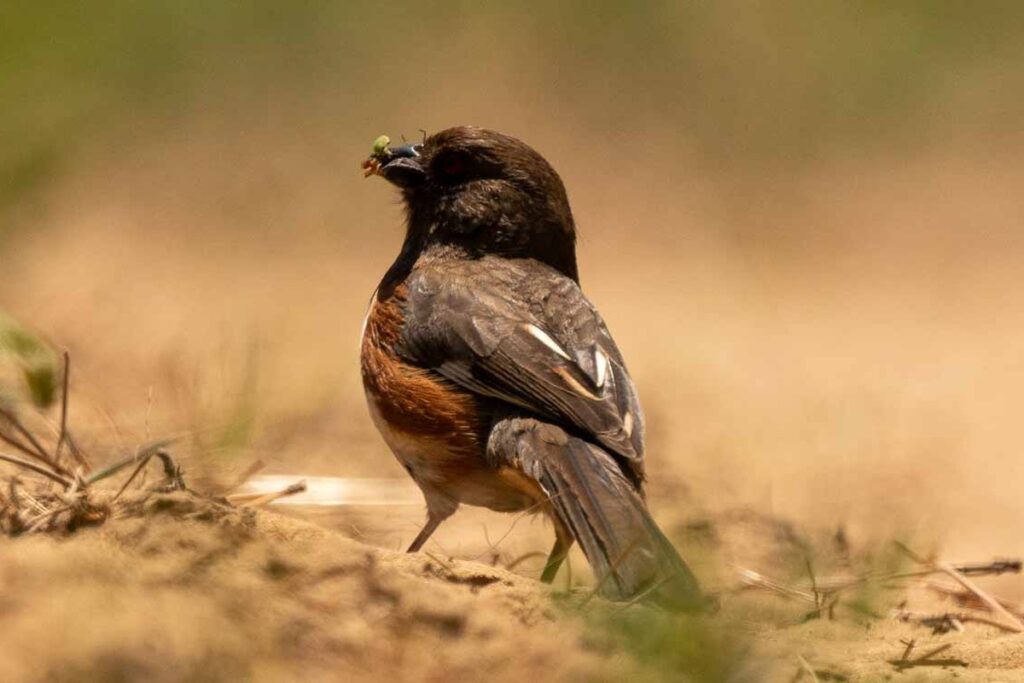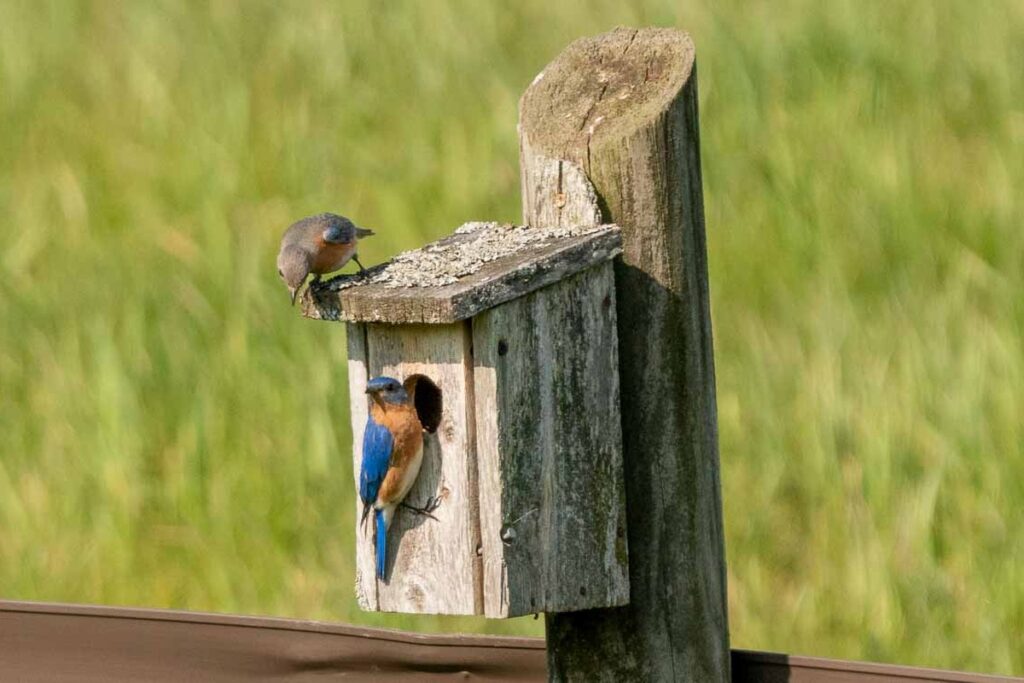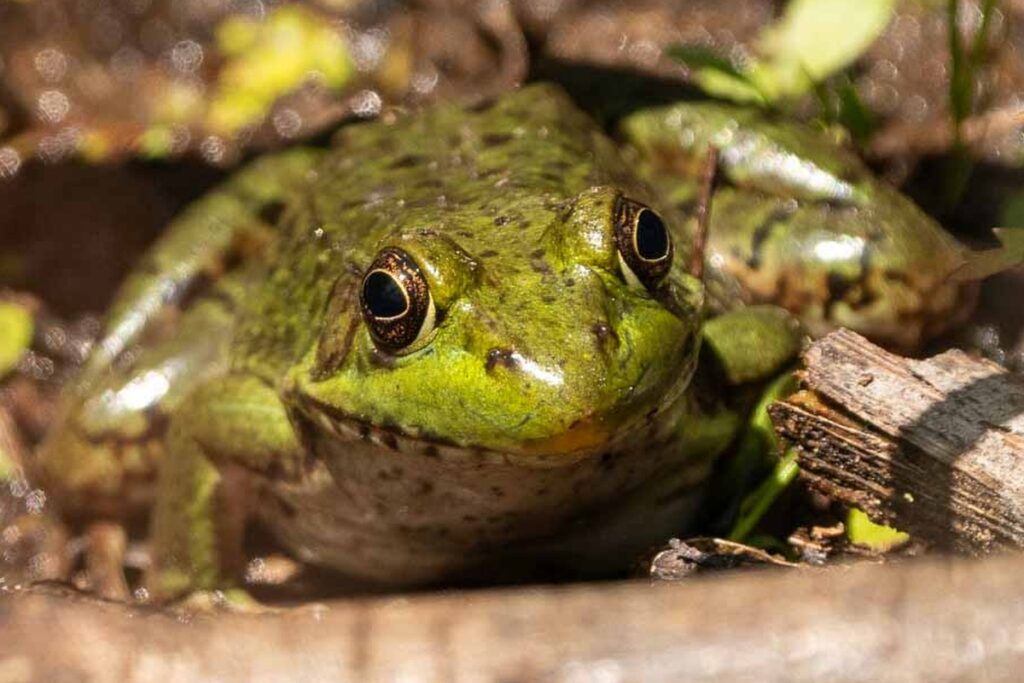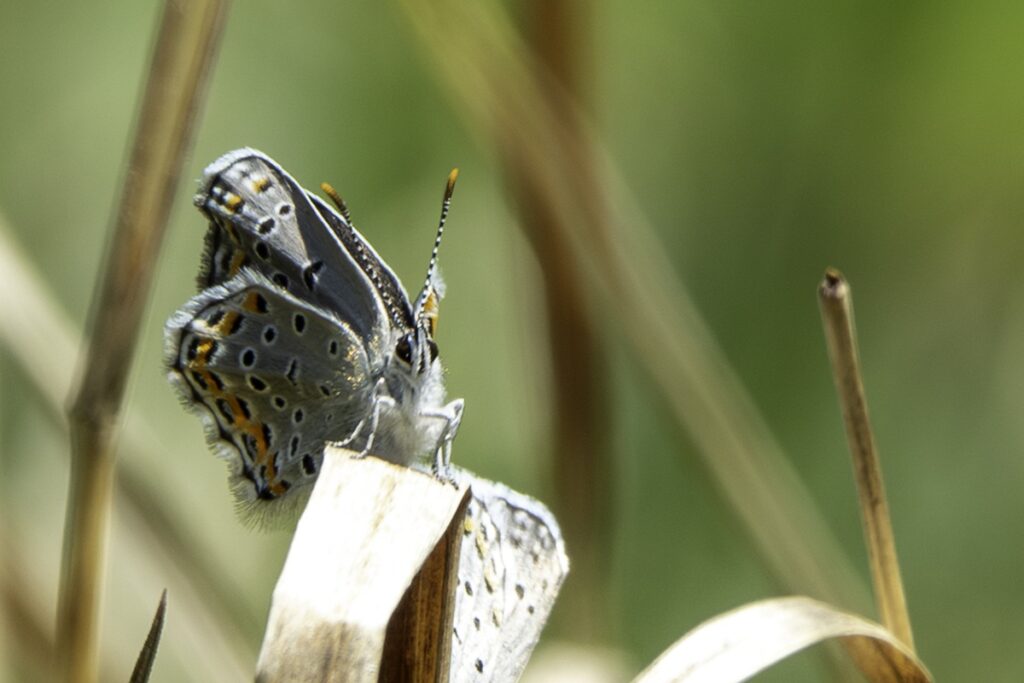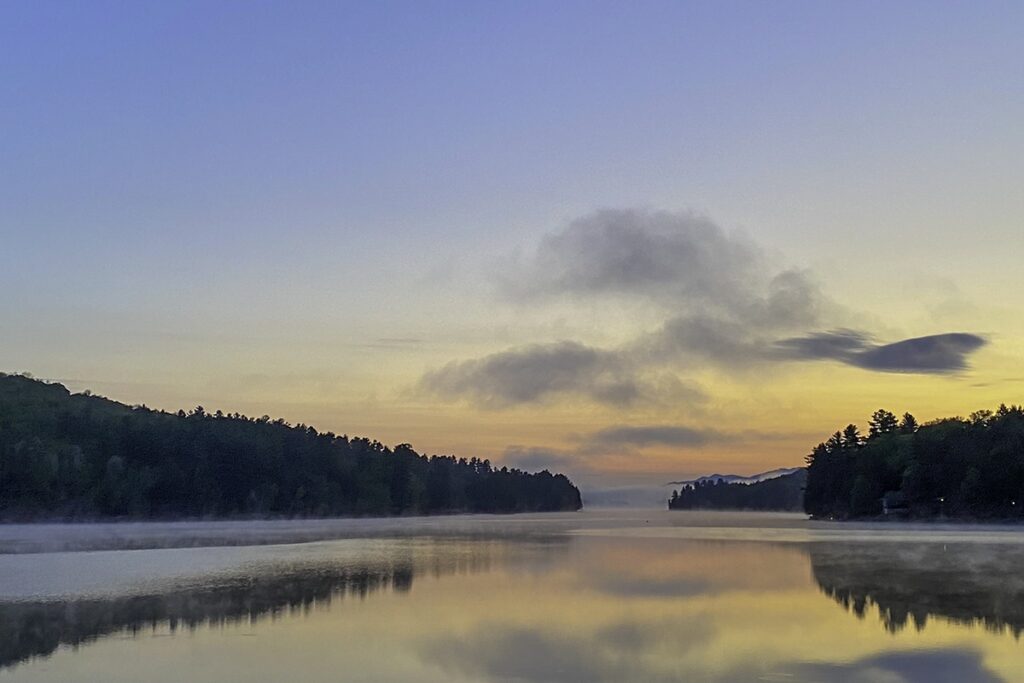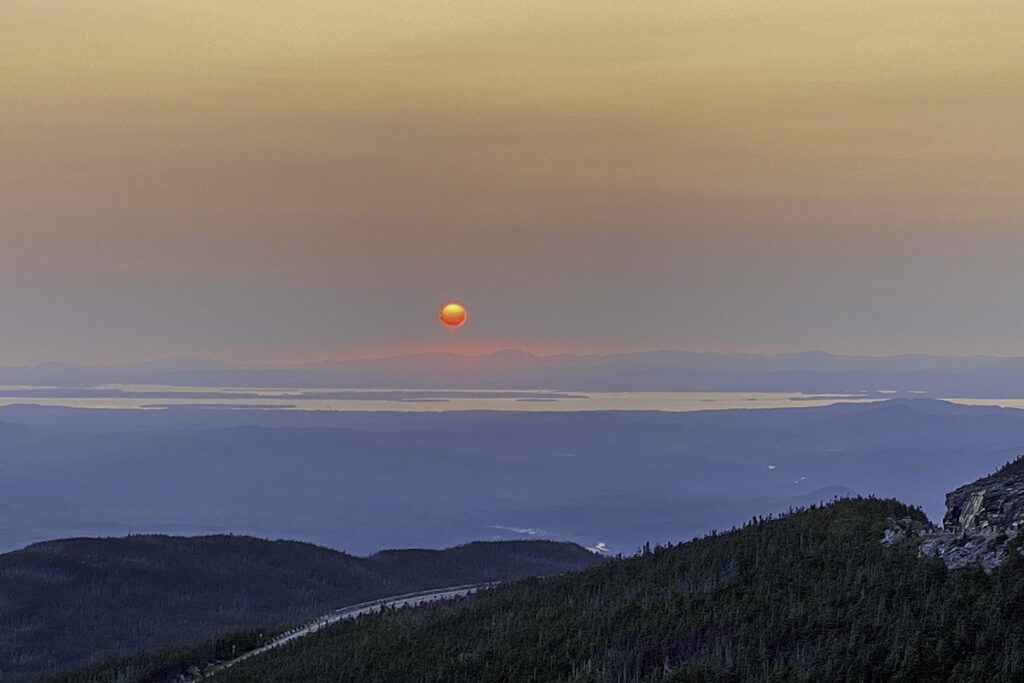Registrar: Kristin Ellington
Participants: 11
Weather:
Friday, May 26th, in the Albany Pine Bush Preserve, it was sunny and warm with a high of 70, winds from the north at 7.4 mph, and 23% humidity.
Saturday, May 27th, in the Adirondacks, it was a high of 78, a low of 30, little to no winds from 0 to 6 mph from the southwest, and 23% humidity.
Sunday, May 28th, in the Adirondacks, it was a high of 82 and a low of 44, little to no winds from the southwest of 3 to 9 mph, and 13% humidity.
Monday, May 29th, at Visher Ferry Nature & Historic Preserve in Saratoga County, it was sunny and warm with a high of 81, northeast winds at 6 mph, and 27% humidity.
Bird Species: 116
Friday, May 26th, at the Albany Pine Bush Preserve, Great Dune Trail
On a gorgeous Friday morning, a very excited group of Linnanean Society members embarked on a newly designed trip to explore the birds of the Adirondacks. Our first destination was the Albany Pine Bush Preserve (“Pine Bush”), located between the Catskill and Adirondack mountains, covering 3,350 acres. The Pine Bush is one of the largest of the world’s 20 inland pine barrens, characterized by an open landscape of shrubs, grasses, wildflowers, and scattered trees, most of them pitch pine. This area is also home to a unique variety of rare plants and animals, including the federally endangered Karner blue butterfly.
The Pine Bush was designated an IBA because this globally rare ecosystem hosts several at-risk birds, including the American Woodcock, Red-shouldered Hawk, and Prairie Warbler. It has proven to be an essential staging area for many shrubland and forest birds during migration. The preserve also provides an essential breeding habitat and staging area for a large variety of declining young forest shrubland birds.
The participants gathered at the visitors center at 11:30 am and prepared to hike the Great Dune trail, considered the best birding trail in this preserve. Much of the trail is currently undergoing restoration, but we found the existing trail to be a delightful habitat filled with birds and butterflies. During our two-hour walk, we observed twenty-seven bird species, including the Prairie Warbler, Red-Breasted Nuthatch, Eastern Bluebird, Rose-breasted Grosbeak, and Pileated Woodpecker. Additionally, we were delighted by the many butterfly species we encountered, including the federally endangered Karner Blue.
Saturday, May 27th, Long Lake, New York, and Surrounds
Long Lake (Town Beach | Route 30)
We arrived in Long Lake on Friday evening and woke up bright and early on Saturday morning for a 4:45 meet-up with our excellent local guide, Joan Collins. After sighting a Spotted Sandpiper and Belted Kingfisher along Town Beach at dawn, our first target bird was the Canada Jay. To find our target, we drove down Route 30 with windows down and ears attuned. While driving, we heard the song of the Boreal Chickadee, but they stayed out of our line of vision. At a critical stop along the route, we were delighted to see several Canada Jays, who amazingly appeared to recognize Joan and her vehicle. Joan explained that due to climate change, Blue Jays are now overwintering and encroaching on the Canada Jays’ land and food sources, leading to a decline in their numbers.
Sabattis Road (Little Tupper Lake | Round Lake Trailhead | Sabattis Bog | Shaw Pond)
We continued birding all of the Long Lake hotspots. Our stops along Sabattis Road included the inlet of Little Tupper Lake, featuring American Black Ducks and the Alder Flycatcher. At the Round Lake Trailhead, we saw Canada Jays. At the Sabattis Bog, we saw the gorgeous Yellow-bellied Flycatcher and many warblers, including the Northern Parula, Ovenbird, and Chestnut-sided Warbler. We also had a great view of a lovely Mourning Warbler and an Indigo Bunting. On Shaw Pond, we were treated to sightings of the Yellow-bellied Sapsucker, Wood Duck, and Ring-necked Duck, in addition to the unmistakable call of the Virginia Rail.
Newcomb (Overlook Park)
Later in the day, we headed to Newcomb, where we visited Overlook Park and saw several Chimney Swifts in flight.
Minerva (Route 28N)
Along the Route 28N railbed in Minerva, we spent time admiring a courting pair of Olive-sided Flycatchers and sighted both the Alder Flycatcher and Least Flycatchers. We were also delighted to see our first Black-backed Woodpecker (male) and hear its distinctive ke ke call. Other birds seen in abundance were Ruby-throated Hummingbirds, Yellow-Rumped Warblers, and Red-winged Blackbirds.
North Hudson (Blue Ridge Road | Sand Pond Marsh)
In North Hudson, we hiked along Blue Ridge Road near Sand Pond Marsh, where we finally had good looks and lots of songs from one of our main targets, the Boreal Chickadee. We were also treated to the lovely songs of the Nashville Warbler, Magnolia Warbler, and Blackburnian Warblers.
Sunday, May 28th, at White Face Mountain, New York, and Surrounds
Hamilton County (Little Tupper Lake | Sabattis Bog | Tupper Lake Marsh Deck)
On Sunday, May 28, we began bright and early with a 2:15 am pickup from our guide, Joan Collins. Our morning of nocturnal birding began with a star-filled sky at the Inlet of Little Tupper Lake, where we heard a Barred Owl hooting. Upon arrival at the Sabattis Bog on Sabattis Road in Long Lake, we were thrilled to hear three more Barred Owls and a distant Northern Saw-whet Owl, which Joan describes as the sound of a truck backing up. While walking along the lake, we heard the distinct sounds of an American Woodcock hiding in the marsh grasses. At the Tupper Lake Marsh Deck, we heard several Wilson’s Snipe, displaying and calling, two American Bitterns, a Common Loon, and three more Barred Owls. Several participants spotted a Gray Fox trotting along the road along the way to our next stop.
Whiteface Mountain
Just before dawn, we arrived at Whiteface Mountain, home of one of North America’s rarest and most localized songbirds, the Bicknell’s Thrush. The high-elevation boreal habitat includes mostly Balsam Fir and a few Red Spruce, Paper Birch, and Mountain Ash trees, all nestled on a carpet of moss and igneous rock. Bicknell’s Thrush is a neotropical migrant and winters in the Dominican Republic, Puerto Rico, and Cuba. It is the only endemic species in the northeastern U.S. and has one of any North American bird’s most restricted breeding and wintering ranges. This rare, mountaintop-dwelling bird has one of the smallest populations of any migratory songbird in North America and will likely lose half its habitat to climate change, according to a 2017 study by the Vermont Center for Ecostudies.
We joyfully spent several hours walking along the summit road, listening, looking, and taking in the majestic mountaintop views of the surrounding Adirondacks. Our first sightings were of the relatively easy-to-see Yellow-bellied Flycatcher and Blackpoll Warbler. A Pine Siskin flew overhead, and we saw a few Boreal Chickadees. We finally located Bicknell’s Thrush via its distinctive song, described as a four-phrased, fluting song with a whirling quality. Joan played a recording of their call, and they answered in response. Eventually, and with great excitement and triumph, most of the group could visually locate one of the singing males deep in the dense tangles of the Balsam Fir. Joan noted concern that we only heard two Swainson’s Thrush calling, as there are typically multiple sightings by the first of June. Other notable birds were the Ruby-crowned Kinglet and the Golden-crowned Kinglet, the Winter Wren, Dark-eyed Juncos, and a Purple Finch. At the base of the mountain, we also heard a Veery.
Norman Ridge Road & Keese Mills Road
After the excitement of Whiteface Mountain, we headed back down the mountain in search of Bobolinks. Along the way, we saw Wild Turkeys and many Barn Swallows. Finally, on Norman Ridge Road, we spotted three Bobolinks in addition to several Tree Swallows, Barn Swallows, and Eastern Bluebirds.
Paul Smith’s Area (Madawaska Trail | Blue Mountain Road)
After some delicious lunch and a rest, we headed to Blue Mountain Road in Paul Smith’s area with a hike along the Madawaska Trail. This lovely trail provided even more views of some of the same birds, and we heard another Black-backed Woodpecker calling. Walking along the moist path, we noticed many frogs and toads jumping away from our boots. We also heard and saw many warblers, including the Black-and-white Warbler, Nashville Warbler, American Redstart, Northern Parula, Magnolia Warbler, Chestnut-sided Warbler, Black-throated Blue Warbler, Pine Warbler, Yellow-rumped Warbler, and Canada Warbler.
Middle Pond | Tupper Lake | Simon Pond Road
A quick stop along Floodwood Road on Middle Pond showed us nesting Common Loons and a Great Egret. We then searched along Middle Pond on Raquette River Dr., Tupper Lake Marsh Deck, and Simon Pond Road for nesting Sandhill Cranes. Unfortunately, luck was not on our side, and we did not see the birds. However, we enjoyed a fantastic view of Tupper Lake Marsh, saw a Pileated Woodpecker flyover, and listened to the loud singing of many Red-winged Blackbirds and Grackles.
We ended the evening with a lovely dinner, reminiscing the highlights and excitement of our two days with Joan. After a long two days, we all went to sleep early!
Monday, May 29th, at Vischer Ferry Nature & Historic Preserve in Saratoga County
On our way back to New York City, we stopped in Clifton Park to experience the Vischer Ferry Nature & Historic Preserve, which is a 740-acre site along the Mohawk River featuring wetlands, a floodplain, and a fantastic bird and amphibian habitat along remnants of the 1800’s Erie Canal towpath. The preserve is primarily owned by the New York State Canal Corporation, features over 200 bird species, and is a Bird Conservation Area designated by the NYS Department of Environmental Conservation and an Important Bird Area recognized by Audubon New York.
Upon arriving at the Whipple Bridge entrance, we proceeded to see thirty-six species of birds, including a family of Hooded Mergansers and Blue-grey Gnatcatchers building a nest. Amid the snow-like beauty of the falling fluff of the Eastern Cottonwood Trees, we heard a Black-billed Cuckoo and saw several Red-bellied Woodpeckers, Downy Woodpeckers, and Hairy Woodpeckers. We identified several flycatchers, including the Eastern Wood-Pewee, Eastern Phoebe, and the Great Crested Flycatcher. There were Yellow-throated Vireos, Warbling Vireos, Red-eyed Vireos, and many warblers and sparrows.
Species List:
Albany Pine Bush Preserve
Birds
Red-tailed Hawk
Hairy Woodpecker
Pileated Woodpecker
Northern Flicker
Eastern Wood-Pewee
Red-eyed Vireo
Blue Jay
Black-capped Chickadee
Tufted Titmouse
Red-breasted Nuthatch
White-breasted Nuthatch
Gray Catbird
Brown Thrasher
Northern Mockingbird
Eastern Bluebird
American Robin
Cedar Waxwing
American Goldfinch
Chipping Sparrow
Field Sparrow
Eastern Towhee
Baltimore Oriole
Brown-headed Cowbird
Ovenbird
Common Yellowthroat
American Redstart
Magnolia Warbler
Yellow Warbler
Chestnut-sided Warbler
Prairie Warbler
Northern Cardinal
Rose-breasted Grosbeak
Indigo Bunting
Butterflies
Eastern Tiger Swallowtail
Cabbage White
Eastern Tailed Blue
Karner Blue
Clouded Sulphur
Orange Sulphur
American Copper
Pearl Crescent
Common Ringlet
Other
Eastern Chipmunk
Gray Squirrel
American Bullfrog
Adirondacks
Birds
Canada Goose
Wood Duck
Mallard
American Black Duck
Ring-necked Duck
Common Merganser
Wild Turkey
Chimney Swift
Ruby-throated Hummingbird
Virginia Rail
American Woodcock
Wilson’s Snipe
Spotted Sandpiper
Herring Gull
Common Loon
Double-crested Cormorant
American Bittern
Great Blue Heron
Great Egret
Turkey Vulture
Osprey
Broad-winged Hawk
Barred Owl
Northern Saw-whet Owl
Belted Kingfisher
Yellow-bellied Sapsucker
Black-backed Woodpecker
Hairy Woodpecker
Pileated Woodpecker
Northern Flicker
Olive-sided Flycatcher
Yellow-bellied Flycatcher
Alder Flycatcher
Least Flycatcher
Eastern Phoebe
Blue-headed Vireo
Red-eyed Vireo
Canada Jay
Blue Jay
American Crow
Common Raven
Black-capped Chickadee
Boreal Chickadee
Tree Swallow
Barn Swallow
Ruby-crowned Kinglet
Golden-crowned Kinglet
Red-breasted Nuthatch
Brown Creeper
Winter Wren
Gray Catbird
Eastern Bluebird
Veery
Bicknell’s Thrush
Swainson’s Thrush
Hermit Thrush
American Robin
Purple Finch
Pine Siskin
American Goldfinch
Chipping Sparrow
Dark-eyed Junco
White-throated Sparrow
Savannah Sparrow
Song Sparrow
Swamp Sparrow
Bobolink
Red-winged Blackbird
Common Grackle
Ovenbird
Northern Waterthrush
Black-and-white Warbler
Nashville Warbler
Mourning Warbler
Common Yellowthroat
American Redstart
Northern Parula
Magnolia Warbler
Blackburnian Warbler
Yellow Warbler
Chestnut-sided Warbler
Blackpoll Warbler
Black-throated Blue Warbler
Palm Warbler
Pine Warbler
Yellow-rumped Warbler
Black-throated Green Warbler
Canada Warbler
Scarlet Tanager
Indigo Bunting
Butterflies
Canada Tiger Swallowtail
Hoary Elfin
Eastern Tiger Swallowtail
Cabbage White
Clouded Sulphur
Orange Sulphur
Moths
Northern Petrophora
Odonata
Bluet species
Common Whitetail
Other
Wood Frog
Grey Fox
Eastern Chipmunk
Gray Squirrel
Vischer Ferry Nature & Historic Preserve
Birds
Mallard
Hooded Merganser
Mourning Dove
Black-billed Cuckoo
Red-bellied Woodpecker
Downy Woodpecker
Hairy Woodpecker
Eastern Wood-Pewee
Eastern Phoebe
Great Crested Flycatcher
Yellow-throated Vireo
Warbling Vireo
Red-eyed Vireo
Blue Jay
Black-capped Chickadee
Tufted Titmouse
White-breasted Nuthatch
Blue-gray Gnatcatcher
Carolina Wren
Gray Catbird
Veery
Wood Thrush
Cedar Waxwing
American Goldfinch
Chipping Sparrow
Song Sparrow
Swamp Sparrow
Baltimore Oriole
Red-winged Blackbird
Brown-headed Cowbird
Common Grackle
Common Yellowthroat
American Redstart
Yellow Warbler
Chestnut-sided Warbler
Northern Cardinal
Odonata
Blue Dasher
Other
Common Garter Snake
Eastern Chipmunk
Gray Squirrel
